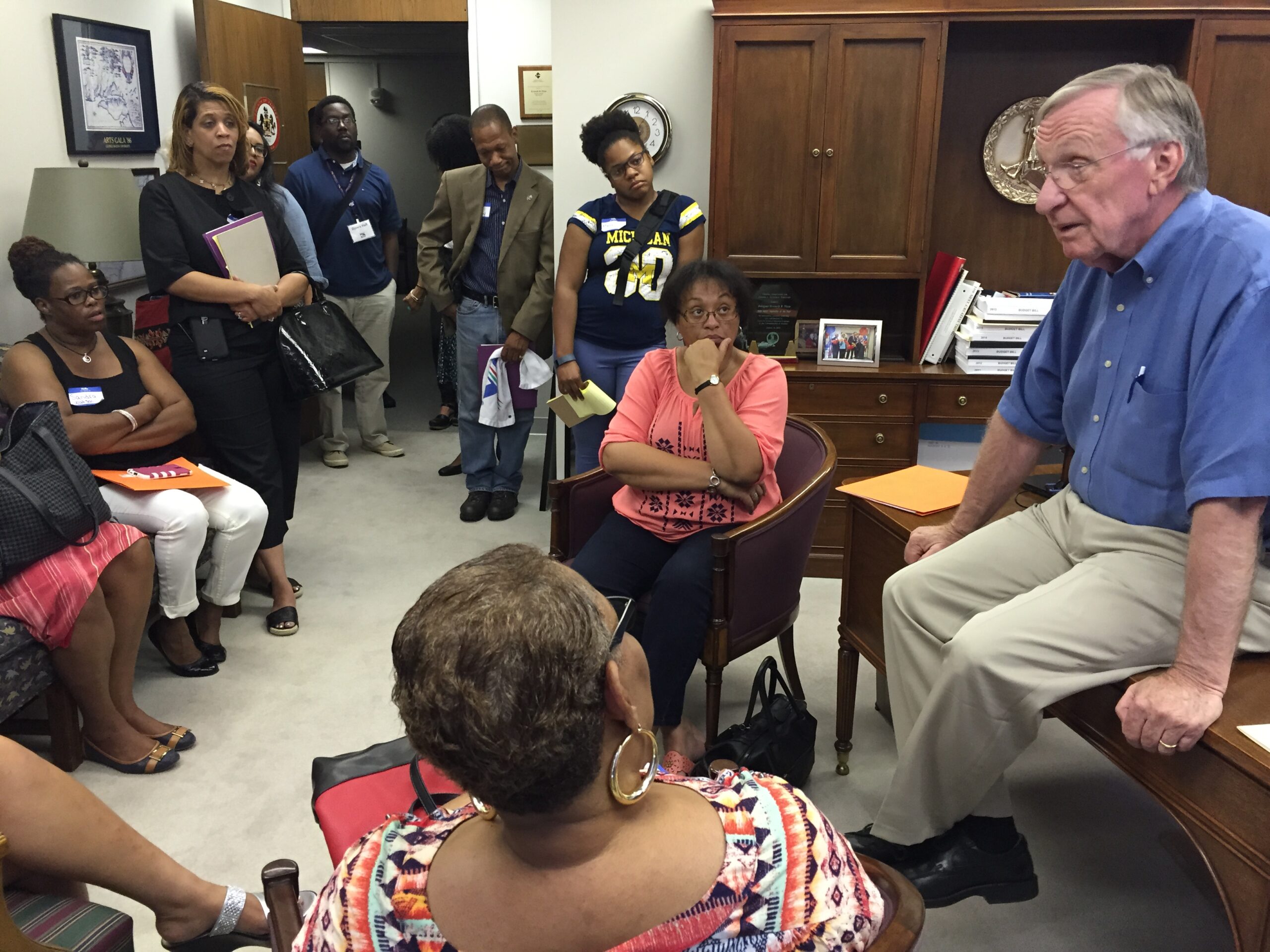Civic Engagement Training: Launching a Successful Campaign
You feel adamant that the proposed Atlantic Coast Pipeline threatens Virginia ecosystems, families, and communities. So then, how do you most effectively bring your voice to the lawmakers who have the jurisdiction to decide that the pipeline is not part of Virginia’s energy future?
During the weekend of August 29-30, the Virginia Civic Engagement Table (VCET) sponsored a civic engagement training in downtown Richmond to equip individual citizens and citizen organizations with the tactics and skills needed to shape the opinions of legislators, and consequently, the outcome of concrete policies in Virginia law. The training aimed to demonstrate first of all, that citizen voices can become a part of the legislative process, and second, how to most effectively gain traction for your cause within the General Assembly.

At the outset of the training, Julie Emery, VCET Executive Director stressed the following wisdom: “We do not have a government of the majority, but a majority of those who participate.” Meaning, unless you speak up for your issue and establish relationships with our representatives in government, lawmakers will lack the insight that drives you to be so committed to your cause.
Making the decision to speak up about your issue is the first step of advocacy. Following that initial decision, effective tactics and well-planned goals immediately become essential to the success of your campaign.
On the first day of the training, campaign leaders who have led successful reform movements in Virginia shared their tactics with the participants, and group break-out sessions contributed more ideas of what constitutes a successful campaign. Here’s a selection of some of those ideas:
Characteristics of a Winning Campaign
- Your campaign is “winnable” with both intermediary goals and a clear end-goal.
- Your campaign builds a broad coalition that joins supporters from diverse income levels, geographic areas, racial backgrounds, and occupations.
- Participants know they have a stake in the process and the outcome.
- Your campaign message can be demonstrated in a visual or noteworthy way, optimizing the message for media distribution.
- Your campaign builds relationships on both sides of the issue, seeking common ground through emotions, personal history, and values.
We’d say that the anti-pipeline movement in Virginia is already is making formidable use of these tactics. Just this past spring, four James Madison University students, created Won’t Pipe Down, a documentary film interviewing Nelson County residents about the devastating impact the pipeline would bring for their businesses and their communities. In May, over forty Virginia students biked along the proposed route of the Atlantic Coast Pipeline to speak with landowners and connect with the land at stake. In August, members of the Virginia anti-pipeline movement launched Hands Across Our Land, a demonstration that spread to eight states protesting fracking and natural gas pipelines.
During the next few weeks, the Wild Virginia blog will be rolling out a series in conjunction with anti-pipeline activists across our region to further investigate how they’re wielding the campaign tactics listed above to call attention to illegal corporate activity, battle potentially catastrophic energy infrastructure, and fight for the preservation of the land we all know and love. Stay tuned!